In the book "The Blue Zones Solution: Eating and Living Like the World's Healthiest People," author Dan Buettner reveals what the people around the world who live the longest are more likely to eat.
One of the keys to longevity?
A plant-based diet, says Buettner and colleague Gianni Pes, a senior researcher at the University of Sassari, Italy. They share the foods that make up the regular diet of the people of Sardinia, Italy, one of the "Blue Zones" -- areas around the world where people are more likely to live to 100.
Try the healthy minestrone soup that could help you live to 100!
1. Goat's milk and sheep's milk
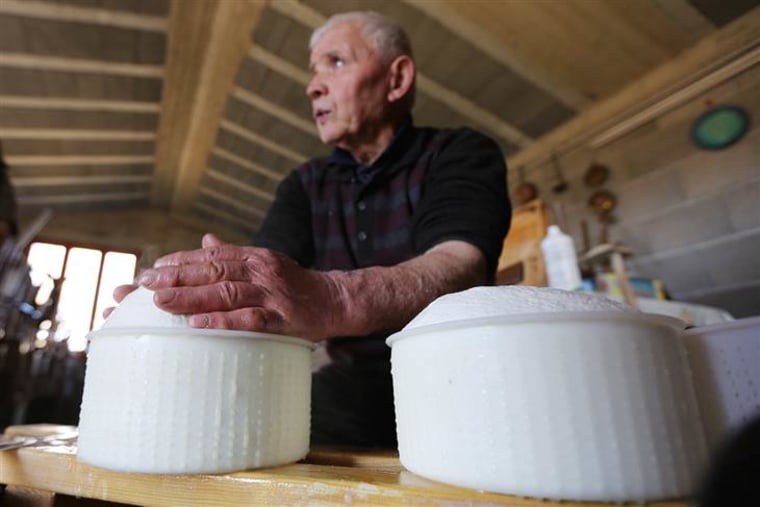
Both have higher nutritional value and are more easily digested than cow’s milk.
A recent study in the European Journal of Clinical Nutrition showed that both sheep’s milk and goat’s milk lower bad cholesterol, are anti-inflammatory, and may protect against cardiovascular disease and colon cancer. The higher calcium and phosphorus content of goat’s milk may have helped people living in the Sardinian "Blue Zone" preserve their bone density and consequently lower their risk of fractures.
Goat’s milk is also rich in zinc and selenium, which are essential for optimal immune system activity and to promote healthy aging. The sharp pecorino cheese made from fermented sheep’s milk in Sardinia is particularly interesting. Because of its rich flavor, it can be used sparingly in pastas, soups, and grated over vegetables.
Since pecorino is made from the milk of grass-fed sheep, it has high levels of omega-3 fatty acids.
2. Flat bread (carta di musica)
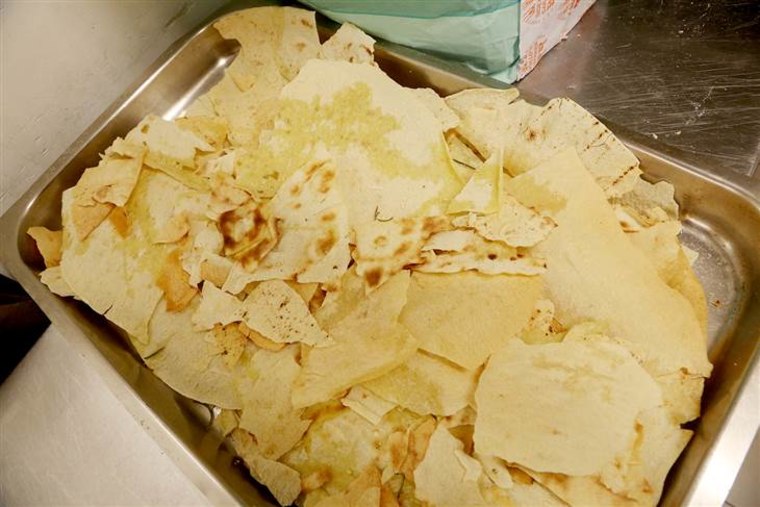
The most common bread consumed by Sardinian shepherds is a dry, flat bread made of high-protein, low-gluten Triticum durum wheat (the main ingredient in Italian pasta).
High in fiber and complex carbohydrates, it does not cause a sugar spike in blood like processed or refined grains do and it’s easier on the pancreas, lowering the risk for type 2 diabetes.
Its name comes from the observation that it is flat and thin, like music paper. Another traditional flat bread is pane carasau. This thin, flat bread made of durum wheat flour, salt, yeast, and water was invented for shepherds, who pastured their sheep for months at a time. It can last up to a year.
Whole durum wheat has a low- to medium-glycemic score, and so it doesn’t spike blood sugar. It also contains only a fraction of the gluten that white bread does.
3. Barley
Ground into flour or added to soups, barley was found to be the food most highly associated with living to 100 among Sardinian men. Barley bread (orgiathu) was favored by shepherds because of its long shelf life and looked much like a regular loaf of bread but was made of ground barley. This bread has a much lower glycemic index than wheat bread, meaning it increases blood glucose more slowly than wheat bread does and thus puts less stress on the pancreas and kidneys.
We don’t know if it does that because of barley’s high protein, magnesium, and fiber content (much higher than oatmeal) or because it was pushing other less healthy foods (such as white wheat flour) out of the diet. Ironically, barley was considered a poor man’s food until recently, when it has made a comeback in Sardinian haute cuisine.
4. Sourdough bread (moddizzosu)
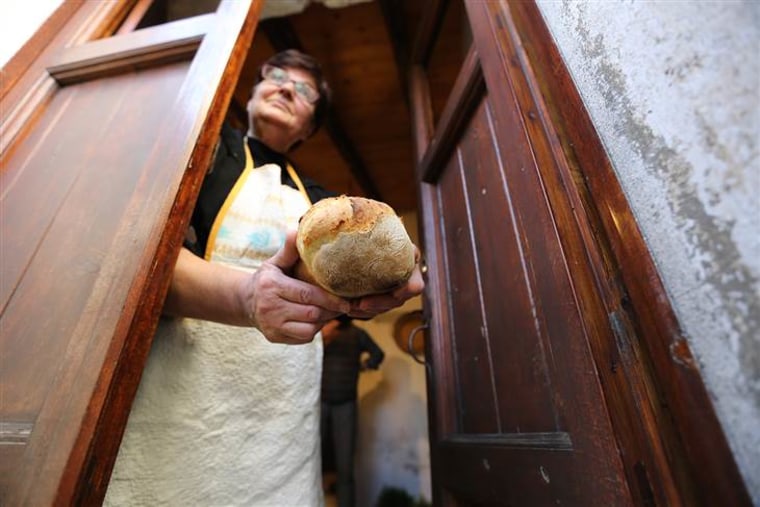
Much like sourdough bread in the United States, Sardinian sourdough breads are made from whole wheat and use live lactobacilli (rather than yeast) to rise the dough. This process also converts sugars and gluten into lactic acid, lowering the bread’s glycemic index and imparting a pleasant, faintly sour taste.
Pes has demonstrated that this type of bread is able to lower the glycemic load, reducing after-meal glucose and insulin blood levels by 25 percent. This helps protect the pancreas and may help prevent obesity and diabetes.
5. Fennel
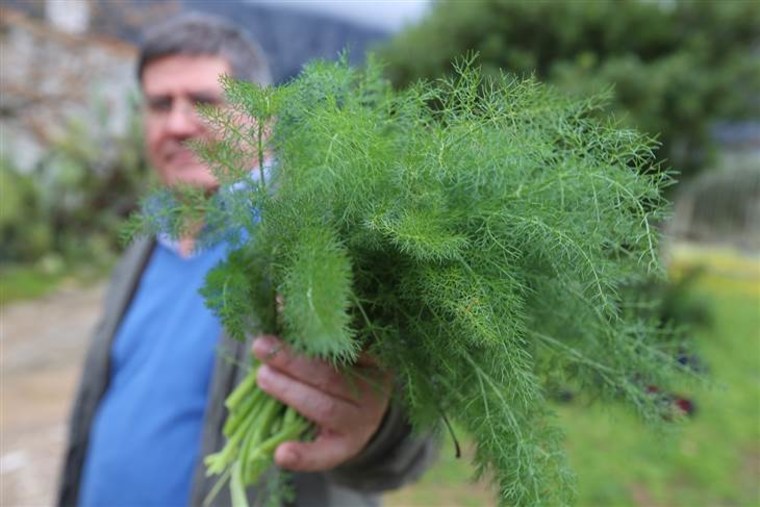
Fennel’s licorice taste flavors several Sardinian dishes. It’s used as a vegetable (the bulb), as an herb (its willowy fronds), and as a spice (its seeds). Rich in fiber and soluble vitamins such as A, B, and C. It’s also a good diuretic; therefore, it helps to maintain the blood pressure low.
6. Fava beans and chickpeas
Eaten in soups and stews, fava beans and chickpeas play an important part in the Sardinian diet, delivering protein and fiber. They are one of the foods most highly associated with reaching age 100.
7. Tomatoes
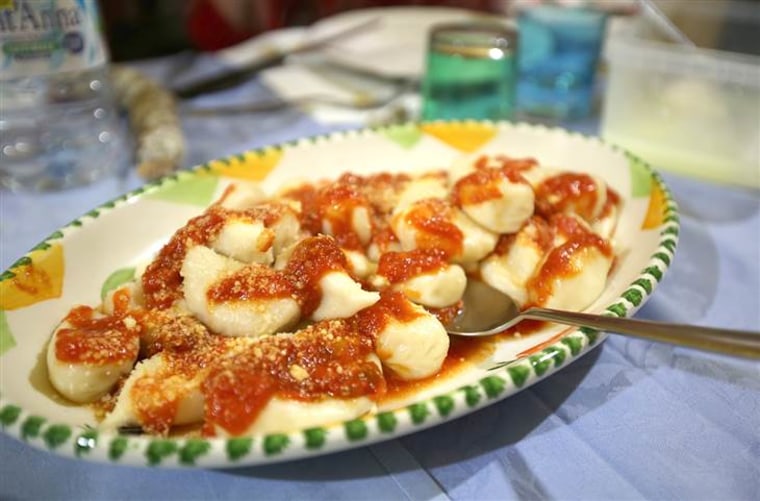
Sardinian tomato sauce tops breads and pizzas and is the base for several pasta dishes. Tomatoes are a rich source of vitamin C and potassium. Cooking tomatoes breaks down their cell walls, making lycopene and other antioxidants more available.
The Sardinian custom of coupling olive oil with tomatoes (either drizzling it over raw tomatoes or using it to make sauces) further increases the body’s ability to absorb nutrients and antioxidants.
8. Almonds
Almonds, associated with Mediterranean cooking, appear regularly in Sardinian cooking, eaten alone, chopped into main dishes, or ground into a paste for desserts. One study showed that almonds included in a low-calorie diet helped people lose more weight and belly fat while they experienced an increase in protective high-density lipoprotein (HDL) cholesterol and a drop in systolic blood pressure (the bottom number).
9. Milk thistle
Sardinians drink a tea of milk thistle, a native wild plant, to, as locals believe, “cleanse the liver.”
Emerging research suggests that the milk thistle’s main active ingredient, silymarin, is an antioxidant and has anti-inflammatory benefits. It can be found in American health food stories as an ingredient in some herbal teas.
10. Cannonau wine
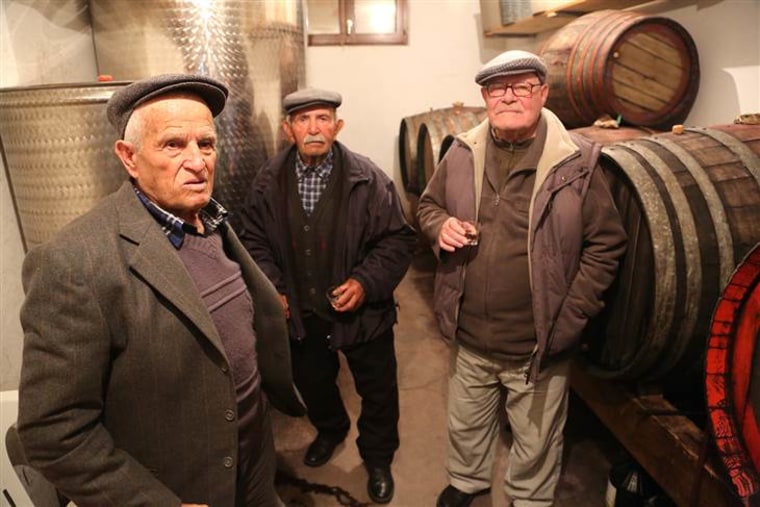
Sardinia’s distinctive garnet red Cannonau wine is made from the sun-stressed Grenache grape.
Sardinians drink three to four small (3-ounce) glasses of wine a day on average, spread out between breakfast, lunch, dinner, and a late afternoon social hour in the village.
One might argue that the all-day small doses of this antioxidant-rich beverage could explain fewer heart attacks. Dry red wines in general offer the same health advantage.